
 i_need_contribute
i_need_contribute
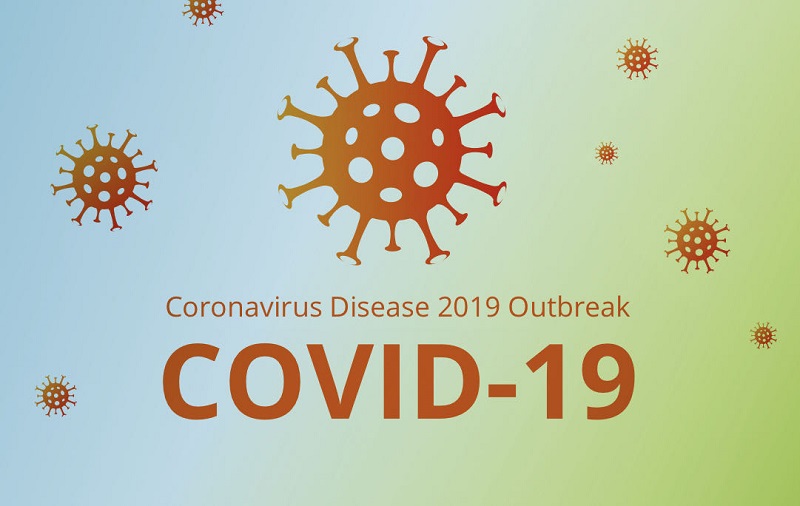
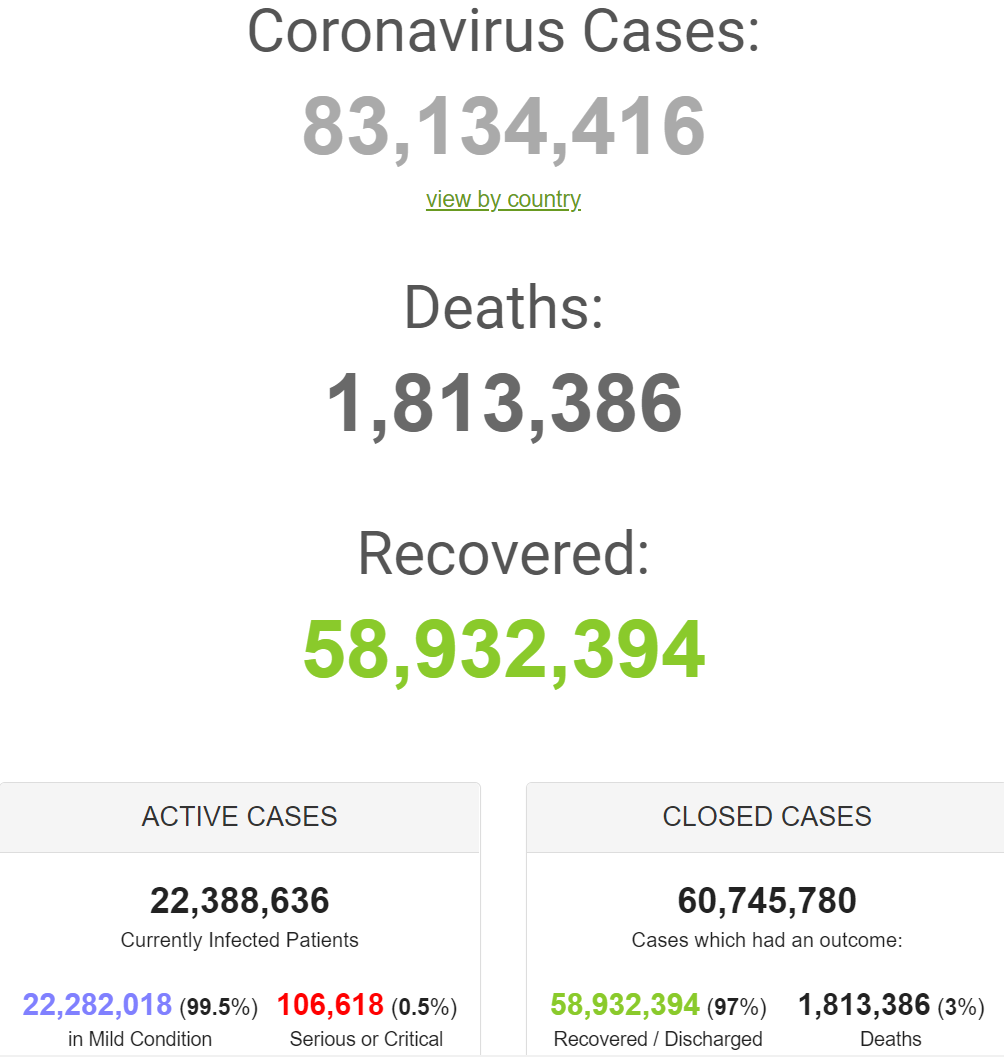
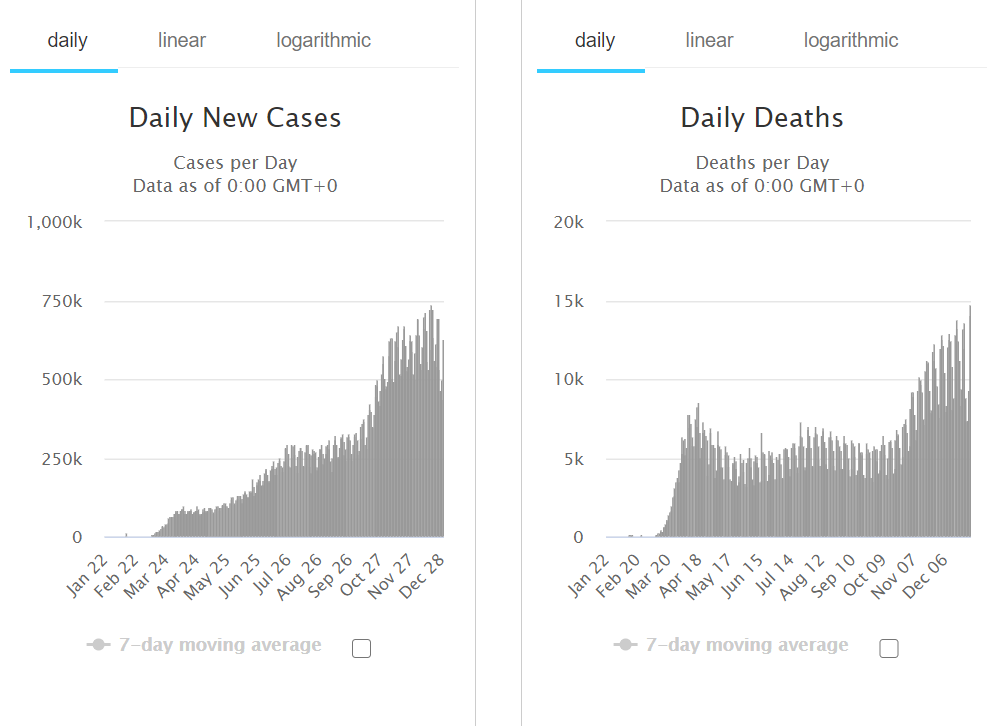
|
Country, |
Total |
New |
Total |
|
World |
83,045,712 |
+719,244 |
1,811,039 |
|
20,216,991 |
+234,550 |
350,778 |
|
|
10,267,283 |
+21,957 |
148,774 |
|
|
7,619,970 |
+55,853 |
193,940 |
|
|
3,131,550 |
+26,513 |
56,426 |
|
|
2,600,498 |
+26,457 |
64,381 |
|
|
2,432,888 |
+50,023 |
72,548 |
|
|
2,194,272 |
+15,692 |
20,642 |
|
|
2,083,689 |
+16,202 |
73,604 |
|
|
1,921,115 |
+15,058 |
50,689 |
|
|
1,710,992 |
+19,285 |
33,172 |
|
|
1,626,461 |
+11,639 |
42,909 |
|
|
1,613,928 |
+11,765 |
43,163 |
|
|
1,401,529 |
+12,099 |
123,845 |
|
|
1,281,414 |
+12,955 |
28,019 |
|
|
1,218,753 |
+6,272 |
55,095 |
|
|
1,045,348 |
+7,986 |
18,324 |
|
|
1,039,161 |
+17,710 |
28,033 |
|
|
1,012,614 |
+2,118 |
37,621 |
|
|
787,300 |
+9,398 |
11,324 |
|
|
735,124 |
+8,002 |
21,944 |
|
|
701,722 |
+16,408 |
11,505 |
|
|
641,411 |
+1,677 |
19,361 |
|
|
627,941 |
+4,875 |
15,596 |
|
|
605,950 |
+1,964 |
16,499 |
|
|
594,442 |
+901 |
12,808 |
|
|
572,982 |
+7,476 |
15,472 |
|
|
512,496 |
+1,235 |
7,531 |
|
|
477,240 |
+2,155 |
10,047 |
|
|
472,523 |
+1,005 |
9,230 |
|
|
437,332 |
+2,143 |
7,355 |
|
|
416,584 |
+4,186 |
3,307 |
|
|
406,051 |
+6,049 |
6,830 |
|
|
362,601 |
+113 |
6,214 |
|
|
357,902 |
+2,550 |
6,149 |
|
|
334,991 |
+3,236 |
3,163 |
|
|
319,543 |
+1,972 |
9,429 |
|
|
293,067 |
+1,674 |
3,815 |
|
|
260,059 |
+511 |
1,847 |
|
|
242,744 |
+4,465 |
3,975 |
|
|
226,596 |
+3,476 |
3,349 |
|
|
225,893 |
+1,738 |
2,481 |
|
|
217,636 |
+1,052 |
2,609 |
|
|
211,512 |
+1,186 |
14,023 |
|
|
208,446 |
+1,850 |
3,860 |
|
|
206,092 |
+1,723 |
665 |
|
|
201,220 |
+1,729 |
7,515 |
|
|
192,361 |
+1,957 |
1,414 |
|
|
177,996 |
+2,878 |
1,456 |
|
|
173,228 |
+3,041 |
2,065 |
|
|
Dominican |
169,579 |
+1,314 |
2,409 |
|
168,114 |
+1,315 |
2,171 |
|
|
161,230 |
+2,783 |
1,256 |
|
|
158,878 |
+582 |
2,807 |
|
|
156,887 |
+1,293 |
9,135 |
|
|
153,925 |
+726 |
2,262 |
|
|
150,298 |
+205 |
933 |
|
|
143,841 |
+990 |
2,960 |
|
|
143,621 |
+193 |
245 |
|
|
138,219 |
+3,934 |
1,422 |
|
|
137,918 |
+942 |
4,788 |
|
|
137,216 |
+2,414 |
4,620 |
|
|
137,166 |
+879 |
4,803 |
|
|
136,736 |
+1,277 |
1,371 |
|
|
136,644 |
+1,411 |
7,576 |
|
|
128,719 |
+86 |
1,497 |
|
|
123,856 |
+468 |
1,918 |
|
|
123,740 |
+587 |
2,664 |
|
|
120,912 |
+809 |
3,111 |
|
|
119,740 |
+2,435 |
2,665 |
|
|
113,121 |
+260 |
1,025 |
|
|
110,485 |
+1,870 |
463 |
|
|
106,958 |
+822 |
2,242 |
|
|
99,935 |
+585 |
1,459 |
|
|
99,311 |
+323 |
2,751 |
|
|
96,251 |
+112 |
1,667 |
|
|
92,425 |
+256 |
352 |
|
|
90,157 |
+1,718 |
2,226 |
|
|
87,027 |
+24 |
4,634 |
|
|
86,576 |
+1,016 |
1,278 |
|
|
82,794 |
+493 |
2,488 |
|
|
80,843 |
+189 |
1,354 |
|
|
76,985 |
+78 |
614 |
|
|
59,773 |
+1,048 |
879 |
|
|
58,569 |
+27 |
29 |
|
|
57,727 |
+581 |
1,174 |
|
|
54,771 |
+90 |
335 |
|
|
49,010 |
+732 |
436 |
|
|
47,782 |
+378 |
681 |
|
|
46,415 |
+327 |
495 |
|
|
45,960 |
+276 |
1,327 |
|
|
6,181 |
+83 |
121 |
|
|
5,442 |
+69 |
49 |
|
|
1,456 |
+2 |
35 |
Retrieved from: https://www.worldometers.info/coronavirus/
From CNN's Nectar Gan
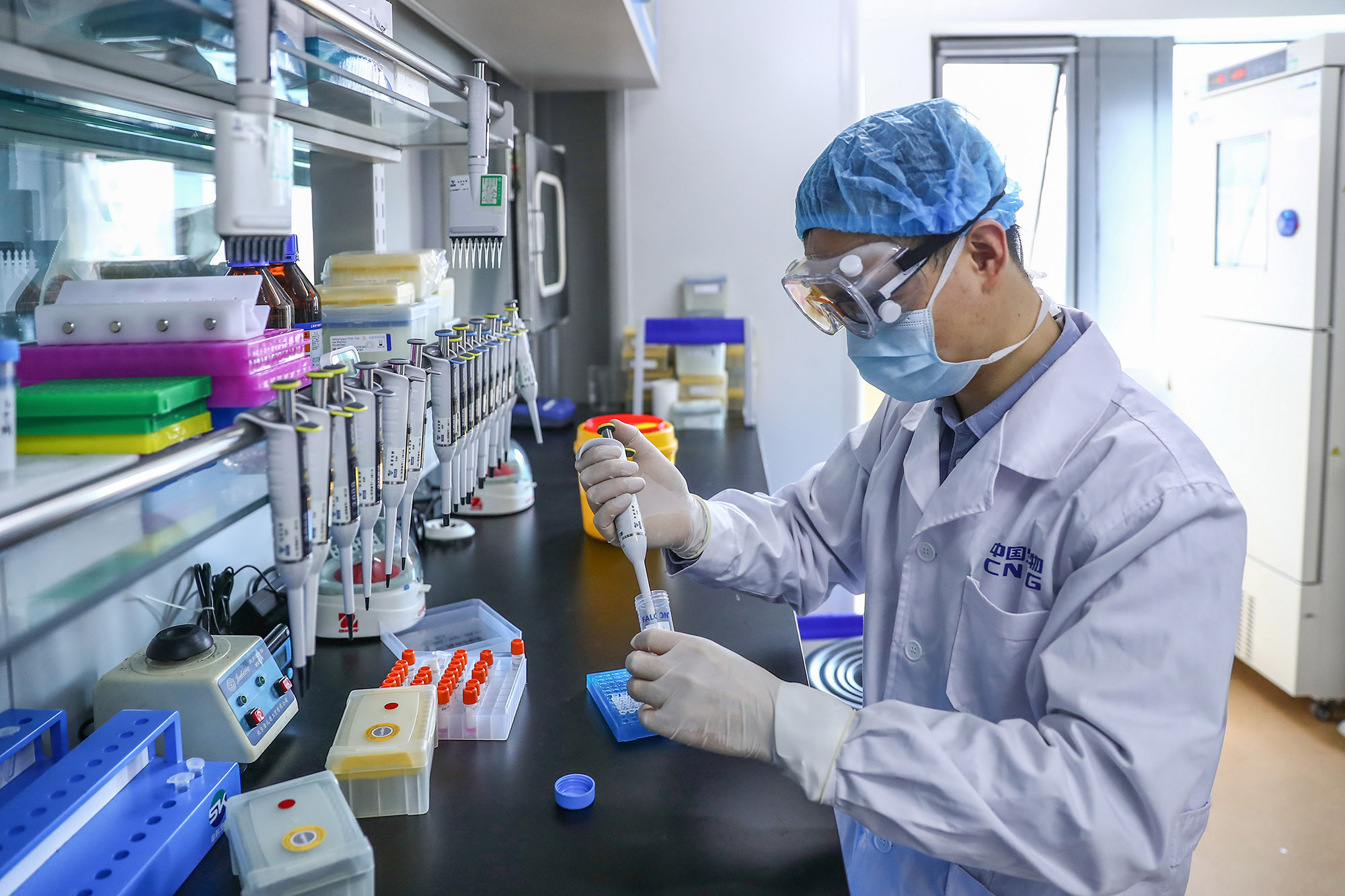
A staff member tests samples of the Covid-19 inactivated vaccine at a China National Pharmaceutical Group plant in Beijing, on April 11, 2020. Zhang Yuwei/Xinhua/Getty
China has drastically scaled up its emergency use program in recent weeks, officials revealed Thursday as they announced the approval of the country's first homegrown coronavirus vaccine, developed by Sinopharm.
Since December 15, the country has administered more than 3 million doses of coronavirus vaccines on "key groups" in the population, Zeng Yixin, vice-minister of China's National Health Commission, said at a news conference Thursday. He did not identify who those groups were.
That's on top of the more than 1.5 million doses of coronavirus vaccines administered to "high-risk groups" as of the end of November, Zeng added.
Among those who have been inoculated, fewer than 0.1% developed a light fever, and about two people per million developed "relative serious adverse reactions" such as allergies, according to Zeng.
China rolled out its controversial emergency use program in July, inoculating hundreds of thousands of people with experimental vaccines that did not have their safety and efficacy proven in clinical trials. People who received the vaccines include healthcare workers, border control personnel and state-owned company employees who needed to travel overseas.
From CNN's Lauren M. Johnson
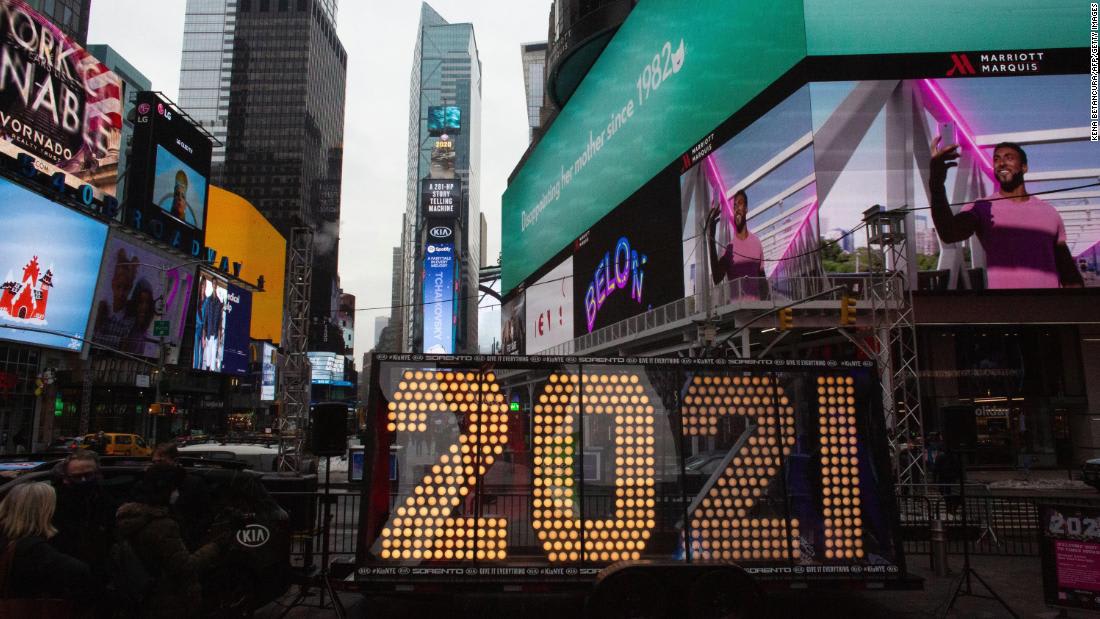
New Year's Eve celebrations around the world will look very different this year as cities take precautions against the spread of Covid-19.
The best view of most major cities is going to be from your couch. Most of the large traditional displays of fireworks and celebrations globally have been canceled and replaced with smaller televised or streamed events.
Here are the places still holding events and where to watch the downscaled favorites.
London: London's iconic fireworks show over the River Thames is canceled this year, and much of England is now under tough stay-at-home restrictions. But there will be a special broadcast on the BBC for people to enjoy while they're inside.
New York: Yes, the ball will be dropping in Times Square and there will be some celebration, but the events are closed to the public. The show is going on for the annual national broadcasts on several stations, so even though no one is waiting for hours in the freezing cold, you can still see the events unfold as we count down to midnight.
Sydney: Sydney is forgoing its traditional public showstopping New Year's Eve events for smaller celebrations that will be publicly broadcast. Instead of a huge fireworks show, there will be a smaller display over the Sydney Harbour Bridge at midnight.
Paris: There will be no public events held for those celebrating the new year in Paris, but there will be a livestreamed concert in Notre Dame Cathedral by composer and performer Jean-Michel Jarre for everyone to watch.
From CNN's Lauren Mascarenhas
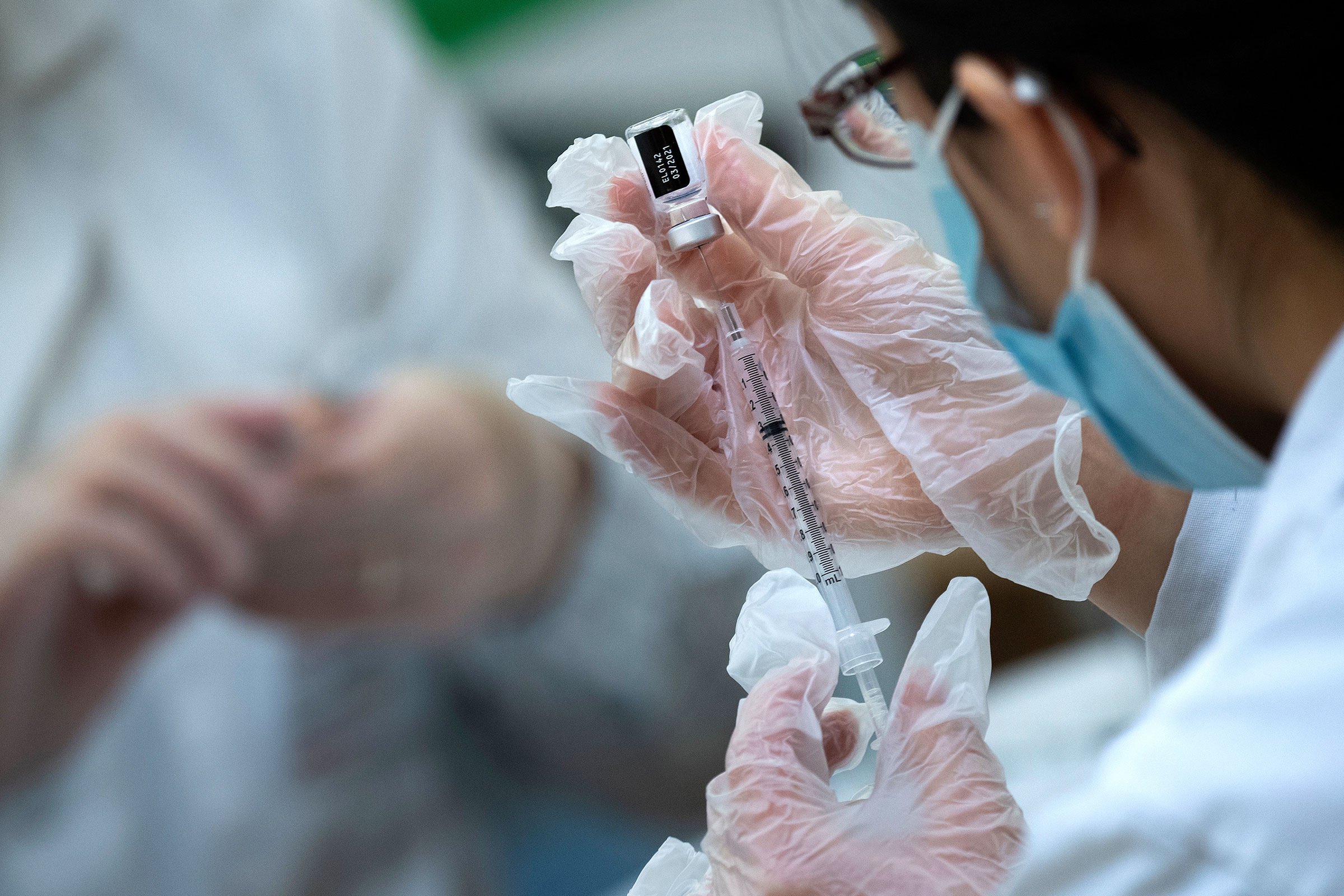
A pharmacist prepares to administer a Covid-19 vaccine to staff and residents at a senior living community in Falls Church, Virginia, on December 30. Brendan Smialowski/AFP/Getty Images
If the US is able to “diligently vaccinate” people in 2021, the nation could return to normal life by early fall, Dr. Anthony Fauci said in an interview with California Gov. Gavin Newsom on Wednesday.
Although Covid-19 vaccine rollout is off to a slower start than expected, if the US is able to “catch up” in 2021, widespread vaccination could be possible beginning in April, Fauci said.
“Let's say in April, it will be what I call “open season,” namely, anybody who wants to get vaccinated can get vaccinated,” Fauci said. “If we then diligently vaccinate people in April, May, June, July, then we will gradually and noticeably get a degree of protection approaching herd immunity.”
Fauci, director of the National Institute of Allergy and Infectious Diseases, said that herd immunity against coronavirus could likely be achieved if about 70% to 85% of the population gets vaccinated.
“By the time we get to the early fall, we will have enough good herd immunity to be able to really get back to some strong semblance of normality – schools, theaters, sports events, restaurants,” he said. “I believe if we do it correctly, we will be there by the early fall.”
Fauci urged people to get vaccinated.
Retrieved from: https://edition.cnn.com/world/live-news/coronavirus-pandemic-vaccine-updates-12-31-20/index.html
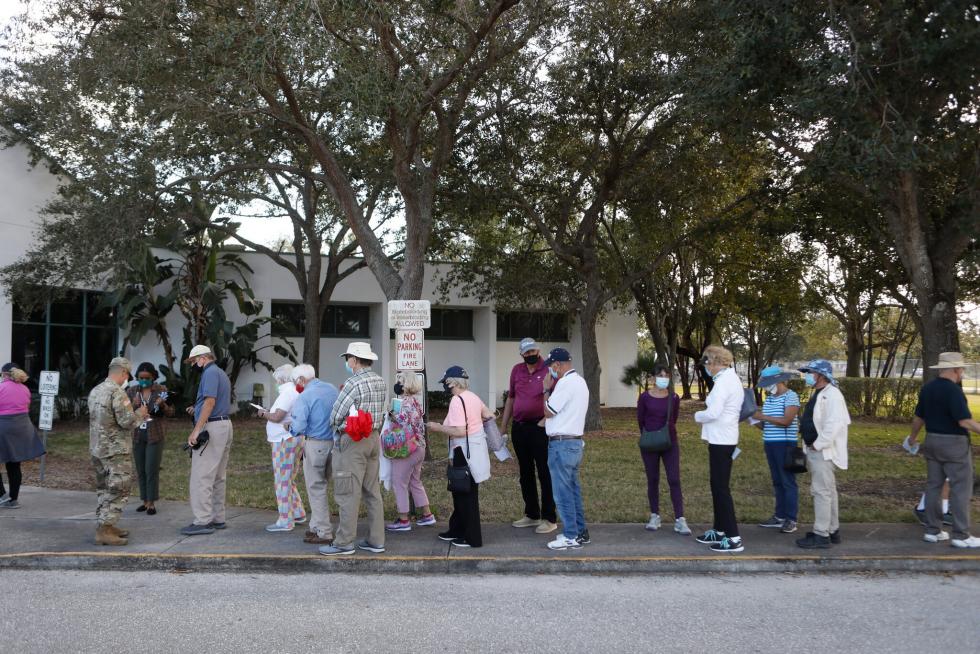
A slower-than-expected vaccine rollout in the United States may be about to meet a fast-moving new variant of the coronavirus.
Officials in two states, Colorado and California, say they have discovered cases of the more contagious variant, which was first identified in Britain.
A day after Colorado reported the first known case of the variant in the United States, state officials on Wednesday reported a second one. Then later in the day, Gov. Gavin Newsom of California announced that his state, too, had a case in San Diego County.
There is no evidence that the new variant makes people any sicker, but it appears to be much more contagious than older forms. And that threatens to complicate what had seemed a hopeful, if halting, path to recovery from the pandemic in the United States.
The confirmation that the variant, which has upended Britain’s efforts to contain the pandemic, was in the United States came as U.S. officials acknowledged the vaccination drive has been lagging.
Federal health officials said in a news conference on Wednesday that they did not have a clear understanding as to why only a fraction of the doses that had been shipped out around the country have made it into arms.
As of Wednesday, more than 12.4 million doses of the Pfizer and Moderna vaccines had been sent out across the United States, up from 11.4 million on Monday morning. But just 2.8 million people had received their first dose, according to the Centers for Disease Control and Prevention.
“We agree that that number is lower than what we hoped for,” said Moncef Slaoui, scientific adviser of Operation Warp Speed, the federal effort to accelerate vaccine development and rollout. He added: “We know that it should be better, and we’re working hard to make it better.”
The 2.8 million administered doses reported by the C.D.C. is an underestimate of the true number because of lags in reporting. Still, it falls far short of the goal that federal officials put forward as recently as this month to have 20 million people vaccinated by the end of this year.
Gen. Gustave F. Perna, the logistics lead of Operation Warp Speed, said that the C.D.C. was gathering data to better understand the factors driving the slow uptake of vaccines that had been shipped out. “To have greater specificity at this time, after two weeks, I don’t think would be appropriate,” he said.
Still, General Perna pointed to a few possible contributing factors. In addition to the lags in reporting, the holiday season and winter weather have slowed uptake. Hospitals and other facilities administering the vaccines are still learning how to store the doses at very cold temperatures and properly administer them. And states have set aside many doses to be given out to their long-term care facilities, a drive that is just gearing up and expected to take several months.
So far, most vaccines administered have been given out at hospitals, clinics and nursing homes. Dr. Slaoui and General Perna both said they expected the pace of the rollout to accelerate significantly once pharmacies begin offering vaccines in their stores.
The federal government has reached agreements with a number of pharmacy chains — including Costco, Walmart, and CVS — to administer vaccines in their stores and other locations once vaccines become more widely available. So far, 40,000 pharmacy locations have enrolled in that program, General Perna said.
“What we should be looking at is the rate of acceleration over the coming weeks,” Dr. Slaoui said, “and I hope it will be in the right direction.”
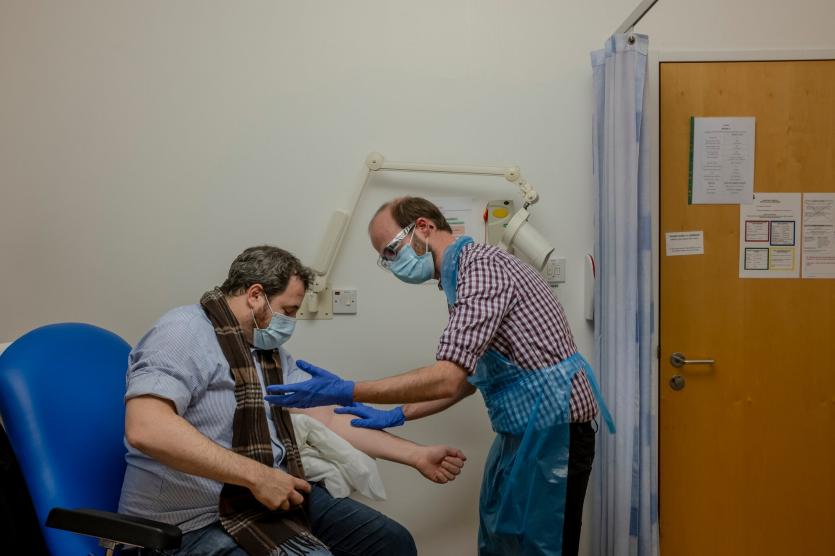
A global push to accelerate vaccinations gathered steam on Wednesday, with new developments from Britain, China and Russia.
Britain became the first country to give emergency authorization to the coronavirus vaccine developed by AstraZeneca and the University of Oxford. The approval opens a path for a cheap and easy-to-store shot that much of the world will rely on to help end the pandemic. Indian officials met on Wednesday and were set to meet again on Friday to consider vaccine applications.
For Britain, where hospitals are overwhelmed by a new, more contagious variant of the virus, the regulator’s decision offered some hope of a reprieve. The health service is preparing to vaccinate a million people per week at makeshift sites in soccer stadiums and racetracks.
The Oxford-AstraZeneca shot is poised to become the world’s dominant form of inoculation. At $3 to $4 a dose, it is much less expensive than some other vaccines. And it can be shipped and stored at normal refrigeration temperatures for six months, rather than in the ultracold freezers required by the Pfizer-BioNTech and Moderna vaccines, making it easier to administer to people in poorer and hard-to-reach areas.
In a bold departure from prevailing strategies around the world, the British government also decided to begin giving as many people as possible a first vaccine dose, rather than holding back supplies for quick second shots, greatly expanding the number of people who will be inoculated. Clinicians in Britain will wait as long as 12 weeks to give people second doses, the government said.
The effects of delaying second doses as a way of giving more people the partial protection of a single dose are not fully known. Britain, which experts believe is the first country to undertake such a plan, will also delay second doses of the Pfizer-BioNTech vaccine, which has been in use in the country for several weeks and has been shown in clinical trials to have considerable efficacy after a single dose. Some participants in the clinical trial of the Oxford-AstraZeneca vaccine were given the two doses several months apart.
When given in two full-strength doses, AstraZeneca’s vaccine showed 62 percent efficacy in clinical trials — considerably lower than the roughly 95 percent efficacy achieved by Pfizer’s and Moderna’s shots. For reasons scientists don’t yet understand, AstraZeneca’s vaccine showed 90 percent efficacy in a smaller group of volunteers who were given a half-strength initial dose.
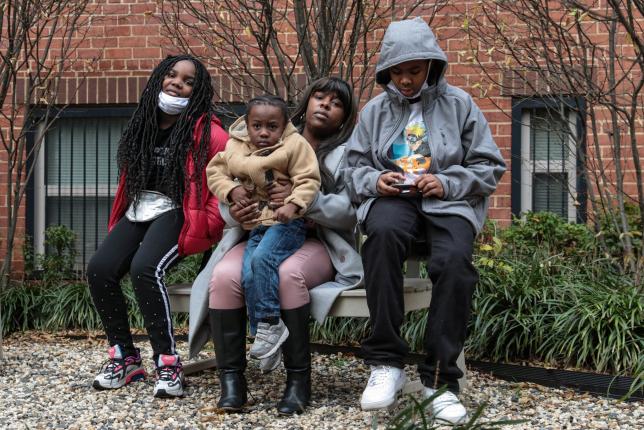
Since the first coronavirus case was recorded in her neighborhood in Southeast Washington in the spring, 11-year-old Grenderline Etheridge has burst into tears many times for reasons she cannot explain. She has crawled into bed with her mother, something she had not done for a very long time.
Her siblings have also had trouble dealing with the pandemic: Her brothers, who are 12 and 4, have joined her in their mother’s bedroom, and the little one, who was nearly potty trained before his school shut down in March, recently went back to wearing diapers.
Grenderline’s mother, Loretta Jones, has tried over the past 10 months to keep the children focused on their studies and entertained with games, books and handprint art activities. In the early days of the pandemic, Ms. Jones often drove the family to a nearby park for exercise, but they stopped going once virus cases began rising again. A surge in gunfire this year in the neighborhood has also caused the family to stay mostly inside, confined to a crowded, three-bedroom apartment.
“By the grace of God, we’re making it through,” said Ms. Jones, 34, who has bipolar disorder and has had difficulty finding steady work.
As the virus advanced on the nation and spared not a single community, it also inflamed the difficulties that many families were already enduring in pre-pandemic times: gun violence, hunger, poverty.
The disruptions to daily life — and the associated stresses of lives on pause — have been perhaps most acutely felt by children from low-income families, experts said, many of whom live in predominantly Black and Latino neighborhoods that have been plagued by a rise in gun violence and disproportionately high coronavirus infection rates.
The pandemic has inflicted so much upheaval in Grenderline’s life — and the lives of many young people — that experts worry the devastating effects will be felt long after vaccines are distributed and some semblance of normalcy returns.
Here are the key developments – and UK flight bans – from the last few hours:
.China said on Thursday that it had approved a homegrown coronavirus vaccine after an early analysis of clinical trial results showed that it was effective. The announcements sent a positive signal for the global rollout of Chinese vaccines but lacked crucial details.
.The manufacturer, a state-controlled company called Sinopharm, said a vaccine candidate made by its Beijing Institute of Biological Products arm had an efficacy rate of 79 percent based on an interim analysis of Phase 3 trials. Sinopharm said it had filed an application with Chinese regulators to allow the vaccine to be used broadly, and on Thursday the government said the vaccine had been granted conditional approval.
.Russia secured an important outside vote of confidence in the safety of its vaccine, Sputnik V, with the start of mass inoculations in Belarus and Argentina. The vaccine had been dogged by criticism since President Vladimir V. Putin announced in August that it was ready for use even though clinical trials had not been completed.
.Large-scale clinical trials carried out since then have shown the vaccine, developed by the Gamaleya National Research Institute of Epidemiology and Microbiology, to be more than 91 percent effective, according to its .Russian backers. A voluntary vaccination program using Sputnik V began in Russia this month, but a recent survey found that only 38 percent of Russians intended to get the vaccine.
.Hungary, whose leader, Viktor Orban, has pointed to Russia as a beacon of his model of so-called illiberal democracy, was the first member of the European Union to receive a delivery of the Russian vaccine, though the shipment it received on Monday was only 6,000 vials. Doses of the Russian vaccine also arrived in Serbia, which is outside the union, on Wednesday.
.Prime Minister Giuseppe Conte of Italy said on Wednesday that the country was aiming to immunize 10 million to 15 million people by late spring but that it would not make the vaccine obligatory.